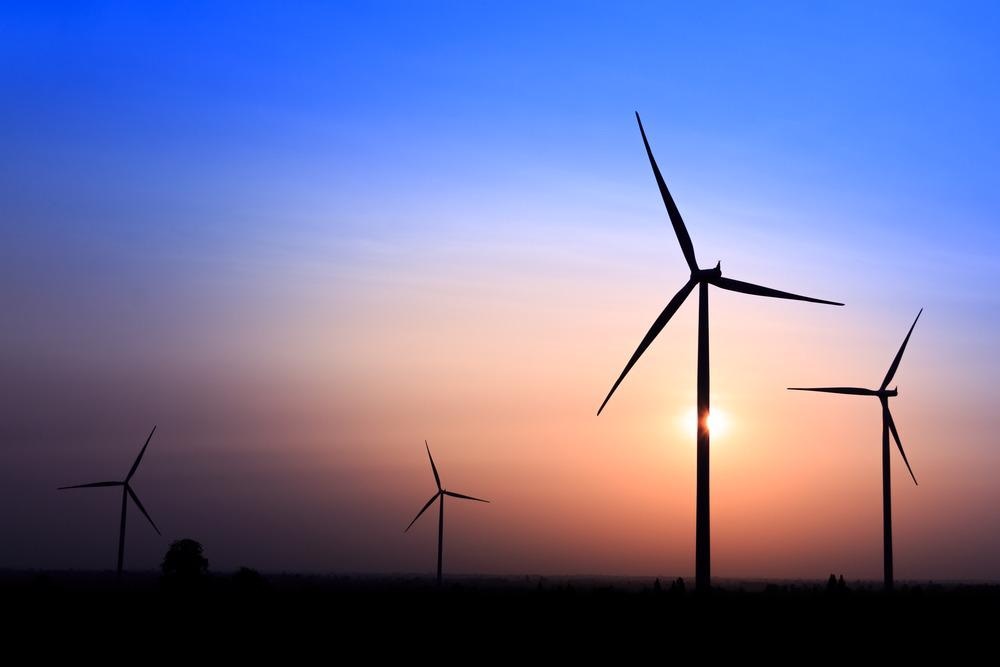Clean energy solutions are rapidly gaining traction as a significant addition to the total energy supply. In recent decades, the use of sustainable energy technology has exploded over the world. Wind power, nuclear power, photovoltaic systems (PV) cells, carbon capture and storage, and LEDs are some of the most common clean energy technologies.

Study: Global supply risk assessment of the metals used in clean energy technologies. Image Credit: SUWIT NGAOKAEW/Shutterstock.com
Within those technologies, certain metals are required. Due to their unique physical and chemical characteristics, several metals are essential components of sustainable energy technologies such as turbines, batteries, and wind turbines. Metals utilized in sustainable energy technology are becoming increasingly scarce, as written in the Journal of Cleaner Production.
Metal Uses in Technology
Thin-film-based solar cells, in particular, are projected to ultimately dominate the PV market. Likewise, lithium batteries are expected to play a key role in the new energy transportation industry's future revolution. Without metals, the use of sustainable energy systems would obviously be restricted.
Metals are linked to the major minerals with which they are connected, although their availability does not rise in lockstep with the supply of key minerals. Metal shortage difficulties may develop if demand for metals cannot be satisfied. Because of the imbalanced geographic distribution of metals, various kinds and deposits of metals exist in different places.
Metals were mostly produced in 40 nations throughout the world in 2018, according to information from the US Geological Survey and the British Geological Survey. The producers of basic metals and precious metals are spread out around the globe, with 45 countries producing these metals.
The geologic supply, technological availability, social and environmental availability, political accessibility, and economic availability of metals all affected the supply risk. The static depletion time of materials was measured to assess the geologic availability of metals. The ratio of reserves to production was used to compute the static depletion time of minerals based on data.
The majority of these nations' risk values are above 90%, with China having the highest risk contribution for such a static depletion period. Aluminum, iron, rare earth elements, nickel, lithium, and titanium all have substantial hazards, with some exceeding 90%.
Gold, silver, selenium, and zinc, on the other hand, have moderate dangers, with values of 65.97 percent, 64.92 percent, 77.78 percent, and 66.12 percent, respectively. Metal extraction levels and reserves are spread unevenly over the planet.
These Rare Elements Are Key to Renewable Energy, But What If They Run Out?
Video Credit: Seeker/Youtube.com
The disparity between output and reserves has resulted in a significant risk associated with a fixed depletion time. With rising demand, the global metal output would rise even more, resulting in a decrease in the reserve-to-production ratio. As a result, the static depletion time risk is critical.
Pyrometallurgical technology, extracting tech, leaching, ion exchange techniques, precipitation procedures, and other metal recycling technologies are now in use. Each of these methods has its own set of benefits and drawbacks.
Metal Recycling Methods
These metal recycling methods have progressed substantially. However, there is no denying that present technologies have significant hurdles in terms of ongoing development, such as the issue of secondary pollution. In reality, waste collection is the second major impediment to metal recycling. The recycling rate is significant for determining the quantity of the secondary supply since it indicates the share of scrap in metal production.
The rate of end-of-life recycling is determined by the pace of end-of-life product collection and the effectiveness of following preprocessing steps (chemical separation, physical, and refining steps).
To assess the risk significance of the geologic availability and recycling constraints module, two major risk indicators linked to the static depletion time of minerals and metal recycling globally may be used.
Price Volatility of Metals
Metals price volatility is also a significant component that indicates worldwide market concentration. Several historical price volatility indexes can objectively indicate global metals market concentration.
The market volatility of most metals was less than 10, and the risk associated with it was less than 40%, indicating that prices have been reasonably steady over the last two decades. The price volatility and risk values for rare earth elements and boron were the lowest, at 1.87 and 7.04 percent, respectively, indicating that their worldwide markets were reasonably stable.
The global output of metals needed in renewable energy technology is unbalanced, according to mining statistics from 40 nations throughout the world. The supply of these metals is dominated by China, Russia, the United States, Canada, and Australia. China, for instance, was the world's third-largest metal producer, producing 17 of the 29 metal kinds.
In terms of supply risk, China poses the greatest threat, with mining regulation and policing playing a major role.
Reference:
Zhang, L., et al. (2021). Global supply risk assessment of the metals used in clean energy technologies. Journal of Cleaner Production. Published 3 November 2021. https://www.sciencedirect.com/science/article/pii/S095965262103780X?via%3Dihub
Disclaimer: The views expressed here are those of the author expressed in their private capacity and do not necessarily represent the views of AZoM.com Limited T/A AZoNetwork the owner and operator of this website. This disclaimer forms part of the Terms and conditions of use of this website.